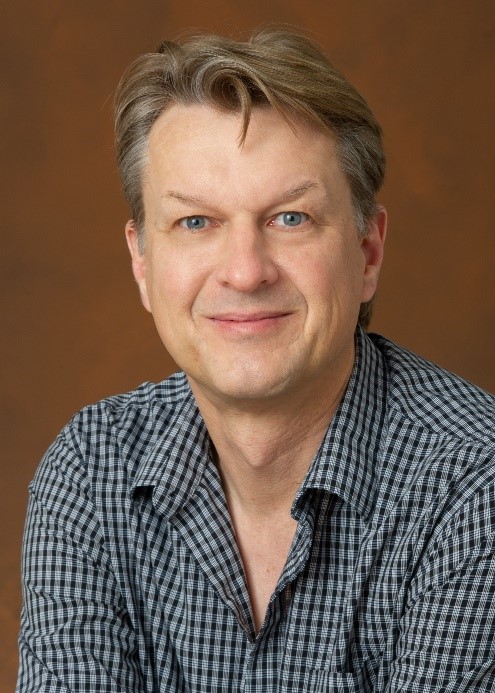RADLAB Seminar
Low Noise Amplifiers and Receivers for Remote Sensing and Astrophysics
Add to Google Calendar

Low Noise MMIC Amplifiers are rapidly replacing traditional Schottky mixer-based systems in millimeter wave and submillimeter wave radiometers. MMIC LNAs provide significant improvements in radiometer sensitivity, and reduce the size, power consumption and mass of the systems. These highly sensitive and compact radiometers enabled new instruments for Earth and planetary remote sensing, and astrophysics. This talk starts with discussion on record low noise MMIC amplifiers and receivers for 180 GHz frequency and 25 nm InP MMIC amplifiers for 240-380 GHz receivers. Further amplifier and mixer work at frequencies from 30 to 200 GHz in CMOS and InP technologies is presented. The infusion of these technologies into Sentinel-6 HRMR, TEMPEST-D CubeSat, ENTICE/TWICE instrument, PLANCK LFI, GeoSTAR, airborne instruments and ground-based astrophysics instruments, such as QUIET and ARGUS, show the maturity of the technologies and future opportunities they offer.
Pekka Kangaslahti is Principal Engineer and Group Supervisor of Microwave Systems Technology Group at Jet Propulsion Laboratory, California Institute of Technology. He received the Ph.D. degree in Electrical Engineering from the Aalto University (formerly Helsinki University of Technology), Espoo, Finland in 1999. He has demonstrated lowest noise amplifiers starting with the first spaceborne Indium Phosphide MMIC amplifiers for PLANCK mission in the 1990's to the latest 25nm InP MMIC amplifiers for measurement of cloud ice from a CubeSat spacecraft. He has led as PI or Co-I NASA ESTO funded IIP and ACT projects as well as NASA APRA projects for over ten years. He developed the 18-183 GHz HAMMR instrument as a JPL lead and Co-I on the IIP-10 program, which lead to HRMR radiometer development for Sentinel-6 that he is leading (Cognizant Engineer). He is currently the IIP-13 Co-I and JPL lead (PI Dr. Reising, CSU) for the 118 to 880 GHz TWICE radiometer for the characterization of distribution of ice particle size in clouds and ACT-17 Co-I and JPL lead (PI Dr. Bill Deal, NGC). Publications and patents are in the field of microwave and millimeter wave circuits and instruments for telecommunication, astrophysics and remote sensing. Recipient of 2018 Gruber Award in Cosmology (as a PLANCK scientist) and JPL 2008 Lew Allen Award. Reviewer and Technical monitor of several SBIR contracts related to CMOS circuits and digital correlators. He is a reviewer for IEEE Transactions in Microwave Theory and Techniques and IEEE Microwave and Wireless Components Letters.
 MENU
MENU